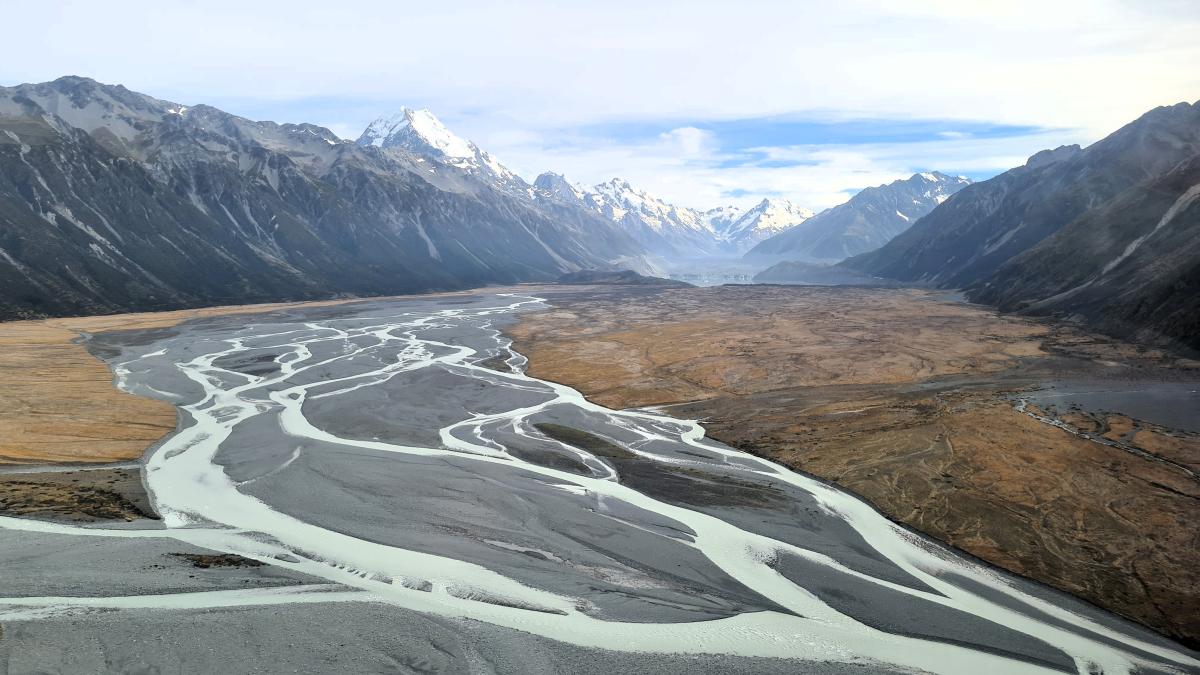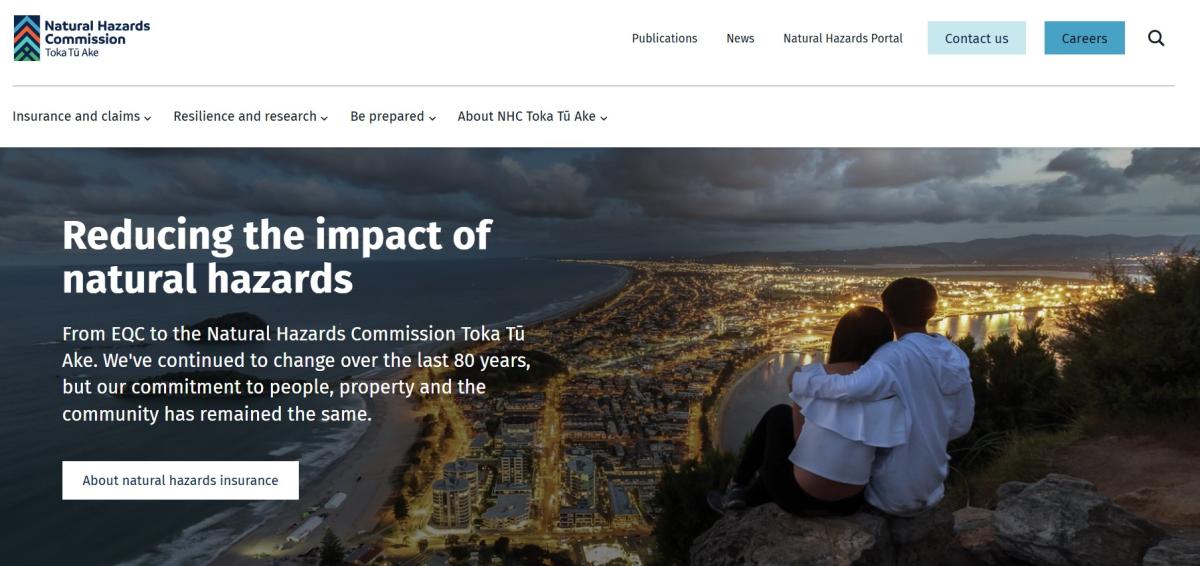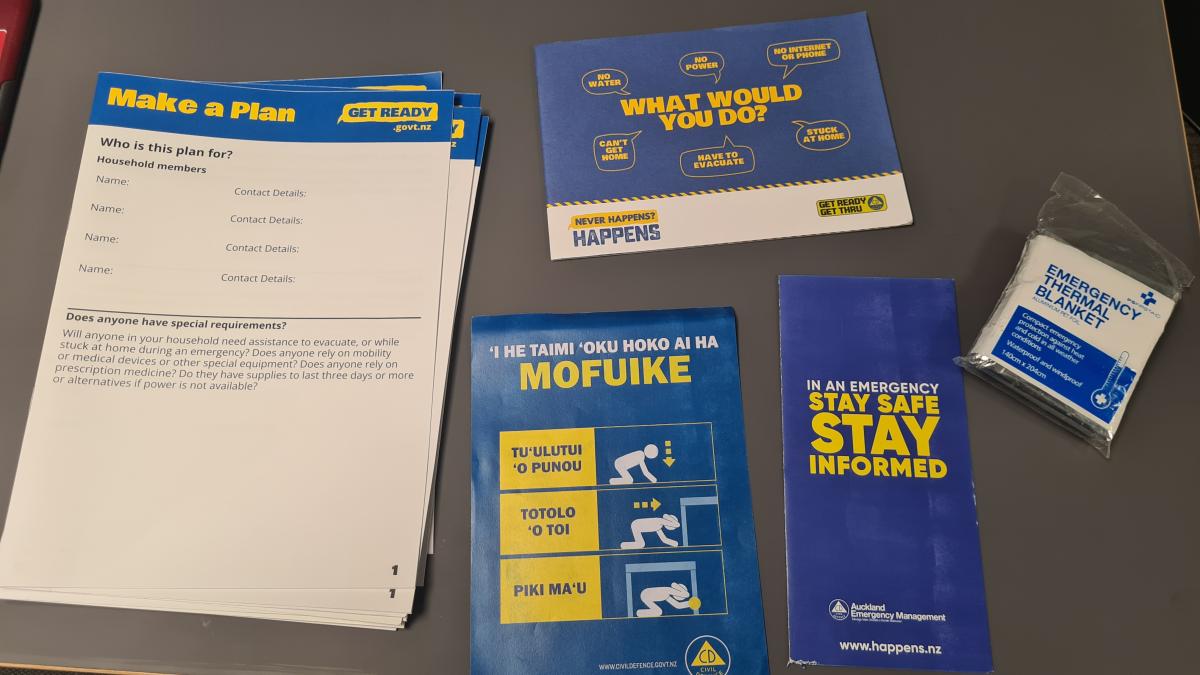← Natural hazards discover more
Aotearoa New Zealand is one of the most geologically active countries in the world. Our landscapes have been shaped by powerful forces over millions of years. Sometimes these forces can create natural hazards – events that have the potential to cause harm to people, property, and the environment.
Some of these natural hazards include earthquakes, tsunamis, volcanic eruptions, storms, floods, and landslides. It’s important to understand these hazards so we can prepare and respond safely.

Landscapes in Aotearoa New Zealand have been shaped by powerful forces over millions of years. Image: LEARNZ.
Why does Aotearoa New Zealand have so many natural hazards?
Our country sits on the boundary of two massive tectonic plates – the Australian Plate and the Pacific Plate. These plates are constantly moving. Where they meet, they grind past, collide, or slide under each other. This movement creates earthquakes, builds mountains, and fuels volcanic activity.
We’re also surrounded by the ocean and open to weather systems from the tropics, the Southern Ocean, and the Tasman Sea. This means we can experience severe storms, flooding, and coastal hazards. Heavy rain and earthquakes can trigger landslides.

Movement of the Australian and Pacific tectonic plates can cause earthquakes, build mountains, and fuel volcanic activity. Image: LEARNZ.
Civil Defence
Emergency management in New Zealand has developed over time to help protect communities. From its beginnings in the 1930s, focusing on war threats, Civil Defence has evolved to manage the many natural emergencies we face today. As steward of New Zealand’s emergency management system, the National Emergency Management Agency (NEMA) provides strategic leadership for risk reduction, readiness, response and recovery activities, and builds emergency management capability and capacity.
On a regional level, New Zealand is divided into 16 Civil Defence Emergency Management groups. Each group creates plans tailored to their region’s risks – aiming to reduce dangers, prepare for emergencies, and help communities recover.
Natural Hazards Commission Toka Tū Ake
The Natural Hazards Commission Toka Tū Ake (NHC) helps property owners if their homes or land are damaged by the impacts of natural hazards. They provide funding to help repair or rebuild after events such as earthquakes, floods, and landslides.
NHC also works to make New Zealand safer in the future. Each year, they spend about $20 million on science and research to learn more about where and how we should build. This research helps people make smart choices to protect our communities.
Through education and public outreach, NHC wants everyone in Aotearoa New Zealand to understand natural hazards better and be more prepared when they happen.

The Natural Hazards Commission Toka Tū Ake helps property owners if their homes or land are damaged by the impacts of natural hazards. Image: NHC website homepage.
Living with hazards
Natural hazards are part of life in Aotearoa New Zealand. They have shaped our land, our history, and our stories. Māori have long used mātauranga Māori to understand and respond to these events. Today, scientists and communities combine this knowledge with modern technology to better predict, prepare for, and respond to hazards.
Being ready for an emergency means having a plan, supplies, and knowing what to do. Simple steps, such as securing items in our homes, communicating with your whānau, creating emergency kits, and practising safety drills, can make a significant difference when emergencies occur.
The more we learn about how and why these hazards happen, the better we can protect ourselves and the places we care about.

Being ready for an emergency means having a plan, supplies, and knowing what to do. Image: LEARNZ.
Learn more about natural hazards and risks | Earth Sciences New Zealand.
Māori kupu | key words
Te Rākau Whakamarumaru | National Emergency Management Agency
aituā | natural disaster
whakarite | prepare
hapori | community
mōrearea | emergency
mātauranga Māori | traditional knowledge



